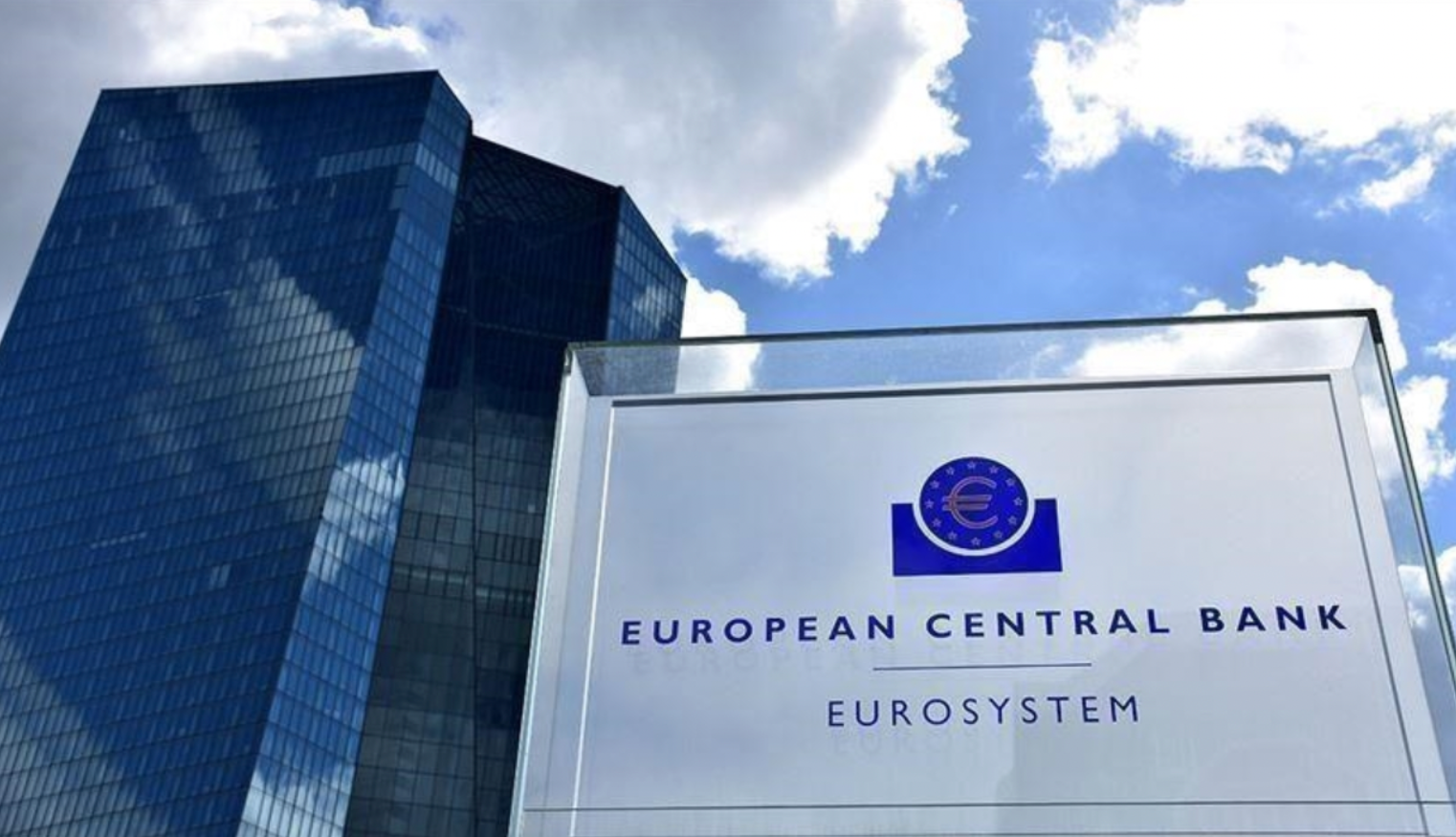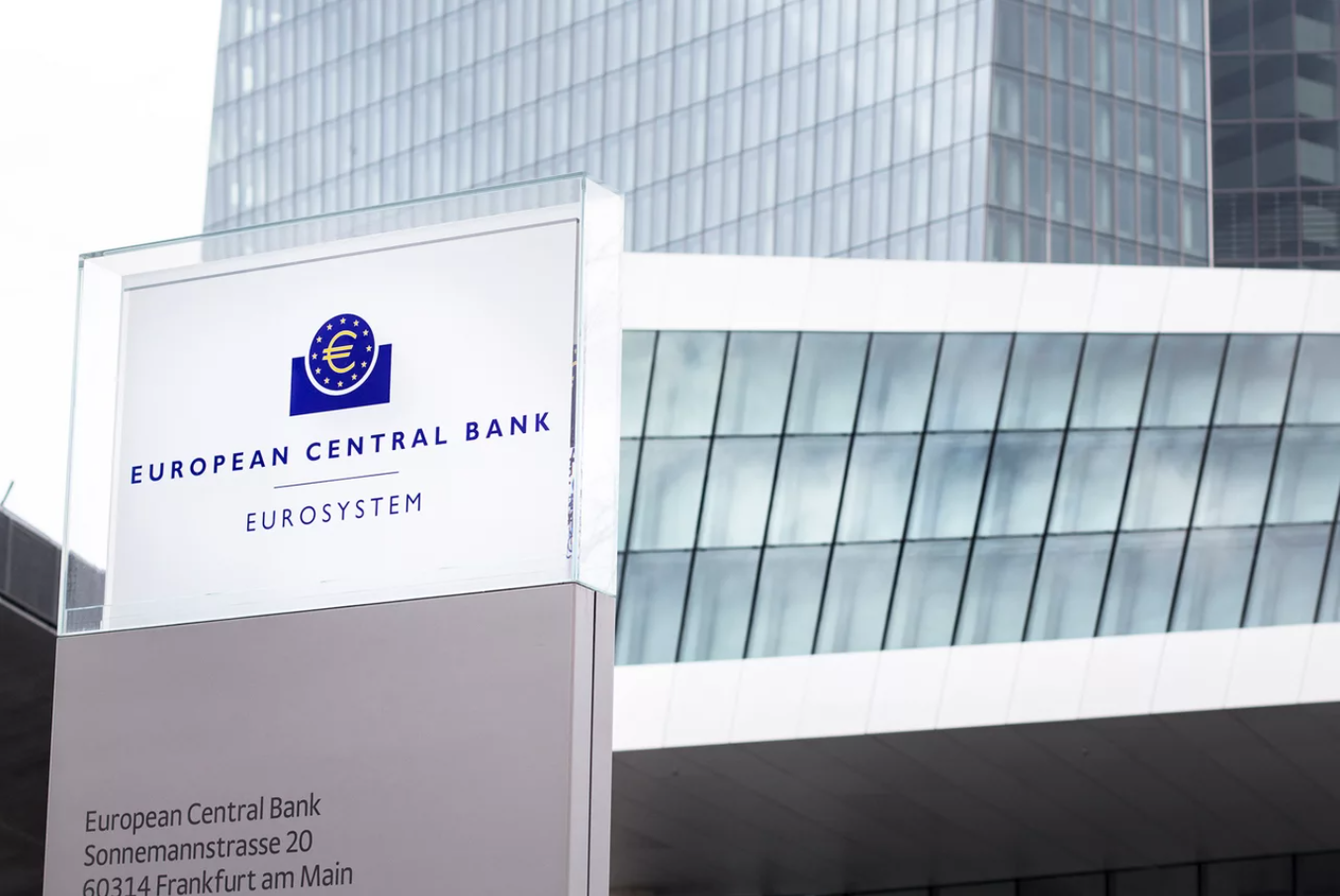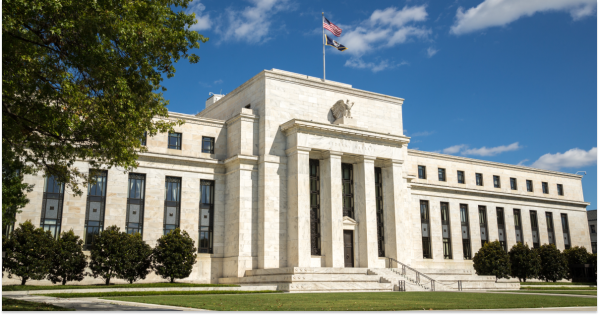The last week of May 2024 has been a bearish one for equities, for gold and for oil. It saw many assets fall, with the notable exception of bonds, which worked in reverse (their yields fell, so they rose). But there are signs of hope.
As far as equities are concerned, Friday’s session helped reduce weekly losses, thanks to US data that tipped the monetary policy pendulum in the right direction. Taken as a whole, May was a positive month in the United States (+4.8% for the S&P 500), Europe (+2.6% for the Stoxx Europe 600), Japan (+0.2% for the Nikkei 225) and even Hong Kong (+2.3% and 5th consecutive month of gains). Taking a step back, we can see that the major Western indices are now on a six-month winning streak over the last seven months, with April being the ugly duckling. And while we’re on the subject, all is well for the stock markets in 2024, with gains of 10.6% for the S&P 500 and 8.2% for the Stoxx Europe 600.
Investors are busy making forecasts for key rate cuts. Even more than usual, I mean. On Friday, US PCE inflation for April was announced to be a little weaker than expected. Still too high in relation to the Fed’s targets, but reassuring enough to allow the indices to rebound. Well, a rebound, to put it mildly. A sort of desperate late-session surge enabled the Nasdaq to finish flat and the S&P500 to gain 0.8%. The Dow Jones was already up 1.5%, helped by the revival of its old guard UnitedHealth, McDonald’s and even Boeing, three of the year’s least prolific performers. Salesforce’s 7.5% rebound also helped, after its 20% plunge the previous day. If you ask me, there’s nothing to learn from this session. In fact, you only have to look at the number of comments containing the phrase “these stocks benefited from cheap month-end buybacks” to be convinced. I remind you that us commentators write this when we have no explanation.
Getting back to key rates, the European Central Bank is likely to be cutting its key rates before anyone else this week. On Thursday, the eurozone’s main refinancing rate will fall from 4.50% to 4.25%. Although inflation showed some signs of recovery in May, activity is suffering too much for the Bank to give up on easing policy. As this is almost a foregone conclusion, attention will be focused on the comments that will make it possible to anticipate the next move. In the United States, the jury is still out on whether the Fed will start cutting rates in September, November, December or next year. Since Friday, the September hypothesis has regained momentum. We’ll see what happens after the PMIs, ISMs and the battery of labor market indicators, culminating in the May employment data published next Friday.
A lot has happened on the political front since the markets closed last week. Narendra Modi won India’s presidential election without much suspense. Political continuity could help Indian indices rebound after a complicated phase in recent weeks. In South Africa, the ANC lost its majority in parliament, a first in 30 years.
On the economic front, two major news items have been released since Friday, namely the OPEC+ meeting and the publication of China’s manufacturing PMI. Let’s break it down. China’s May manufacturing PMI, compiled by Caixin and published last night, came out slightly stronger than expected and in the expansion zone. This is good news. It partly contradicts the official PMI, unveiled last week, which showed a contraction in activity. The two indicators do not cover the same perimeter: Caixin is more diversified, with SMEs in addition to other companies, whereas the official PMI focuses on large state-owned enterprises. Meanwhile, oil lost ground after this weekend’s OPEC+ decision to maintain production cuts. However, the cartel paved the way for voluntary cuts to be scaled back, which was interpreted as a sign of increased forward supply.
In the eurozone, the manufacturing PMI stood at 47.3 in May, compared with an initial estimate of 47.4 and a figure of 45.7 in April. However, the sub-index measuring production jumped from 47.3 in April to 49.3 last month.
The week and month get off to a bullish start in Asia-Pacific, with substantial gains (up at least 2%) in South Korea, Hong Kong and India. Australia gained 0.8%, Japan 1% and Taiwan 1.7%. Mainland China is the exception that proves the rule, with a slight drop for the CSI300. Western leading indicators are looking up. Europe’s and Wall Street’s indices are up, except the Dow Jones, which is flat.
Today’s economic highlights:
The final May manufacturing PMIs for Japan, China, Switzerland, France, Germany, the UK and the Eurozone are on the agenda. the US, the Manufacturing PMI will precede Construction Spending and ISM Manufacturing. The full agenda is here.
The dollar is worth EUR 0.9222 ad GBP 0.7855. The ounce of gold retreats to USD 2334. Oil loses ground, with North Sea Brent at USD 80.83 a barrel and US light crude WTI at USD 76.52. The yield on 10-year US debt eases to 4.48%. Bitcoin is trading at USD 69,500.
In corporate news:
- Nvidia advances 2.9% in pre-market trading after announcing its intention to accelerate the launch schedule of its chip families to a rate of one per year, compared with approximately every two years previously. The group’s CEO, Jensen Huang, also declared that Rubin, the new platform for artificial intelligence, comprising graphics cards (GPUs), central processors (CPUs) and networking chips, would be released in 2026.
- AMD unveiled its latest artificial intelligence (AI) processors on Monday at the Computex technology trade show in Taipei, China, and detailed its AI chip development plan for the next two years, with the aim of further competing with industry leader Nvidia. AMD shares gain 1.5% in pre-market trading.
- Microsoft will invest SEK 33.7 billion (€2.95 billion) over two years in Sweden to develop its infrastructure in cloud computing and artificial intelligence (AI), the company announced on Monday. Its vice-president, Brad Smith, said the American IT giant would initially use Nvidia’s H100 chips for the advanced graphics processors it plans to deploy in Sweden.
- Gamestop soars by over 90% in pre-market trading, as a post by influencer Keith Gill, known as “Roaring Kitty”, on REDDIT showed $116 million worth of bets in progress on the video game distributor. In the wake of Gamestop, in pre-market trading Reddit takes 7.5% Robinhood 3.5% and Blackberry 7.8%.
- Paramount Global jumps 5.5% in pre-market trading, as the Wall Street Journal reported on Sunday that Skydance Media had revised its offer for Paramount, now representing a premium of around 26% on Class B shares over Friday’s closing price.
- Waste Management is to buy Stericycle, a medical waste specialist, for $7.2 billion, the two groups announced on Monday. Waste lost 1.3% in pre-market trading.
- Blackstone raised its offer for Hipgnosis Songs Fund from $1.30 to $1.31, in a revised proposal that values the company at nearly $1.6 billion.
- Autodesk gains 5.2% in pre-market trading, as the software company reports better-than-expected preliminary first-quarter sales of around $1.42 billion.




